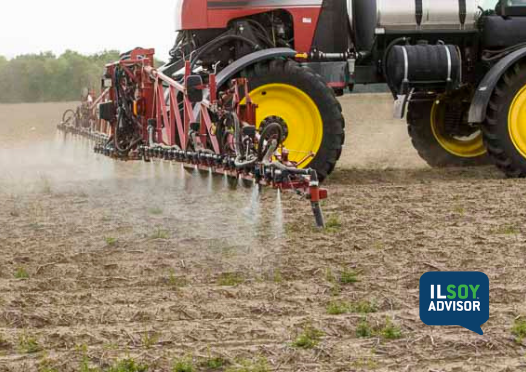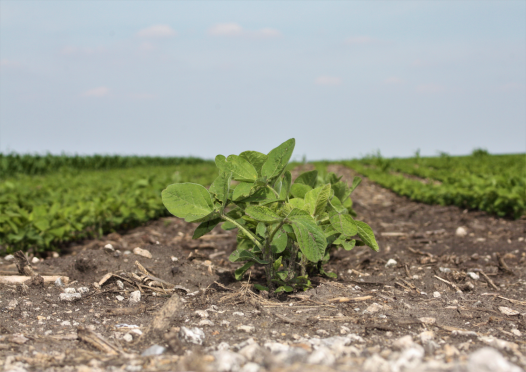ILSOYADVISOR POST
Agronomy: Considerations for Weed Management in 2016: Part 2
Here is the second installment with additional considerations for weed management in 2016.
Resistance remains
Herbicide-resistant weed populations continue to be a common occurrence across most areas of Illinois. Waterhemp and horseweed (marestail) are the two most common herbicide-resistant weed species in Illinois, and observations during 2015 suggest these species are likely to remain prevalent in 2016. Approximately 1700 waterhemp samples (representing 338 fields) were submitted to the University of Illinois Plant Clinic in 2015 for herbicide resistance screening. Although summary data for these samples are not yet available, the sheer number of samples submitted suggests herbicide-resistant waterhemp continues to be a significant management challenge for farmers. Waterhemp plants and/or populations resistant to herbicides from more than one site-of-action group are not uncommon, and we anticipate this phenomenon will continue. Data from 2014 indicated resistance occurred in close to 90% of the fields sampled, and multiple resistance to glyphosate and PPO inhibitors was confirmed in 52% of the fields sampled.
It’s not just the POST herbicides
Soil-applied PPO-inhibiting herbicides (sulfentrazone, flumioxazin, saflufenacil, etc.) can be effective against several small-seeded broadleaf weed species. These active ingredients are often selected to provide residual control of pigweed species in soybean, and frequently are applied with other active ingredients to broaden the weed-control spectrum. The foliar-applied PPO-inhibiting herbicides (lactofen, fomesafen, acifluorfen) constitute one site-of-action group for postemergence control of waterhemp and Palmer amaranth in soybean. As previously mentioned, resistance to PPO-inhibiting herbicides in waterhemp is becoming more common across Illinois. Some mistakenly believe this type of resistance is only to the foliar-applied PPO inhibitors, but resistance to PPO inhibitors occurs regardless of whether the herbicide is applied to the soil or to plant foliage. A more comprehensive article on this topic, first published in 2013, can be found here.
Aaron Hager is an Associate Professor in the department of Crop Sciences at the University of Illinois. This article originally appeared on The Bulletin, which is part of the U of I Extension website, and has been reposted with permission.




Comments
Add new comment